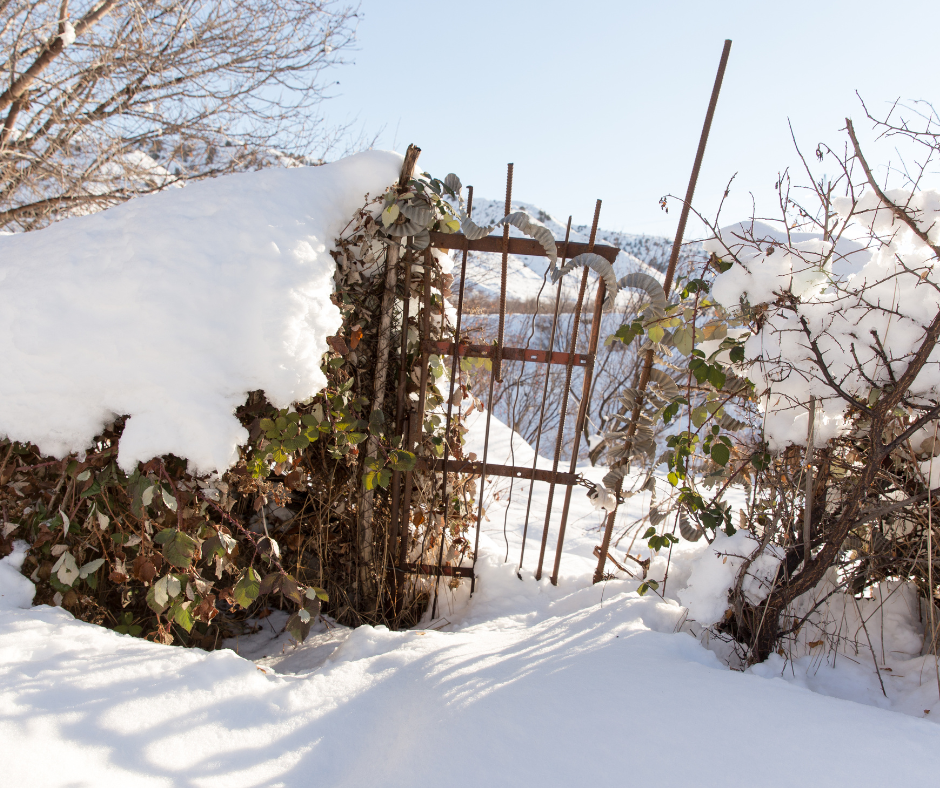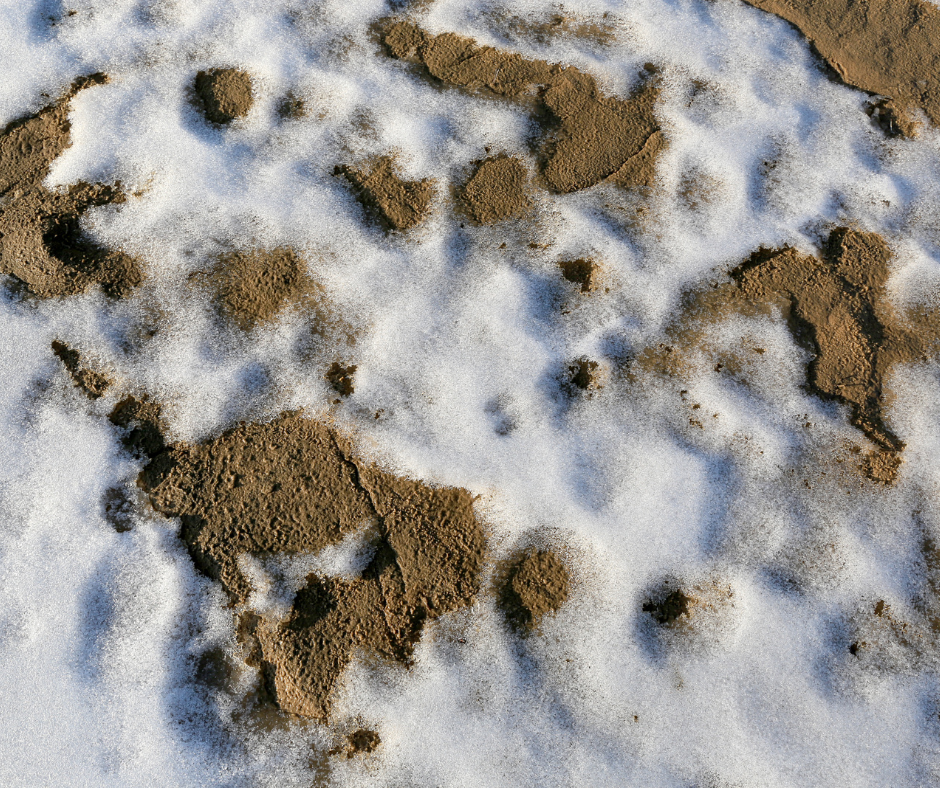Gardner 2 Gardner: Snow and Ice

Say yes to snow and ice. For our soils, it is vital.
Mother Nature decided our present this year should be a real character builder. I am known for never wearing a coat because I love cold weather, but even I dusted off the puffy jacket for a for this one. I think I spent more time checking my thermostat than my Christmas list for a couple days. A few days of real winter. I always say an extra prayer for our livestock famers during those cruel, bitterly cold days. The have no choice but to continue their work regardless of the weather to keep their animals fed, milked, watered, warm and safe.
But this article is for the rest of us. Those who spent that time inside cursing the potential 18 to 20 inches long before the 2-inch reality came. I have mentioned this before, but we have become truly weather wimps—snowflakes if you will (pun intended.) Now, I am not going to give a lecture on how we walked 7 miles to school in a snowstorm uphill–both ways all winter long because, yes, there is dangerous weather that we need to be aware and prepare for, especially if you live out in the country.
But for me, the real deal breaker is when the weather forecasters started apologizing that it was going to rain or snow, especially on the weekend. And it has translated to the public complaining anytime precipitation is forecast. But rain and snow are literally life itself. I know every gardener and farmer appreciates a well-timed rain, but I don’t think many people give snow and ice the proper credit they deserve.
Think of snow and ice as a spa treatment for the wintering soils. The snow is the warm thick blanket, and the ice (and the sun) are the masseuses. Over the last dozen years or so, our soils have been missing this important winter self-care for the most part. I know many of you remember the ‘old fashioned’ winter where the song ‘Over the River and Through the woods, to grandmothers house we go. The horse knows the way to carry the sleigh over the ice and snow’ was a reality.
We used to have a nice snow cover often by Thanksgiving; and the snow stayed for most of the winter increasing in depth throughout. Snow is a great insulator of field and garden alike. Talk about erosion control, snow is a perfect cover when raging winter winds blow.
In the home landscape, snow helps to prevent deep severe freezes that can injure some shallow-rooted perennials that tend to heave out in the freeze thaw cycle, like our coral bells and strawberry beds. You may not realize it, but our fall mulching has become even more important because we have had such a dearth of season long snow cover.
As snow melts, except for when it is 10 degrees one day, then 61 the next, is usually a great slow irrigation that allows the moisture to get deep into our soils. The deeper that water gets into the soil, the better. Because water increases in volume as it freezes, it starts to massage our soils with the freeze/thaw cycle.
Even in the summer our soil is on the move, expanding and contracting with the heat of the day and the relative cooling of the night, but in winter, in our clay soil, magical real science is taking place underfoot. Compaction is one of our toughest challenges in clay soils. Whether it is at a commercial level with the weight of modern farm equipment, or at the home gardening level, compaction of clay soils squeezes the air space from between the tiny clay particles, creating almost impenetrable clods. That is why we preach, never till wet soils.
Home gardeners might not think compaction is as big of an issue, but just think of that path your dogs run and how the grass doesn’t do as well there. I notice every spring where my winter footpath from the car to the house in the front and to the compost bin and bird feeders in the back, that I get an almost straight path of the weed, plantain there. When I was doing research for a talk on weeds, I found it interesting that one of the colloquial names for plantain used by indigenous people was “white man’s footsteps” from where the soil was heavily compacted from foot and wagon wheel traffic. Sure enough, I had my own footsteps of plantain right where I walked back and forth.
So why is this winter moisture in the form of ice and snow important? Soil scientists have studied the impact of winter on our soils. “When ice crystals form in the soil, they force some soil particles together and push others apart. As the ice melts, the flow of water carves new pathways into the soil. In certain clay soils, the wet-dry cycle also creates a similar expansion and contraction effect to reform the soil structure.” (Climate Fieldview, Jan 2021) A study in the Northern Plains Research lab studied frequent freeze/thaw, wet/dry cycles and found that compaction was reduced 45-70% in the top 12 inches of soil (soils.org/publications)
And just think of how many ‘dry’ winters we have had in the last few years? Several. So, the next time winter precipitation is forecast, dress for the weather, stay safe, and smile and say, it’s just what the garden needed.

Ice and snow melt into the soil.
